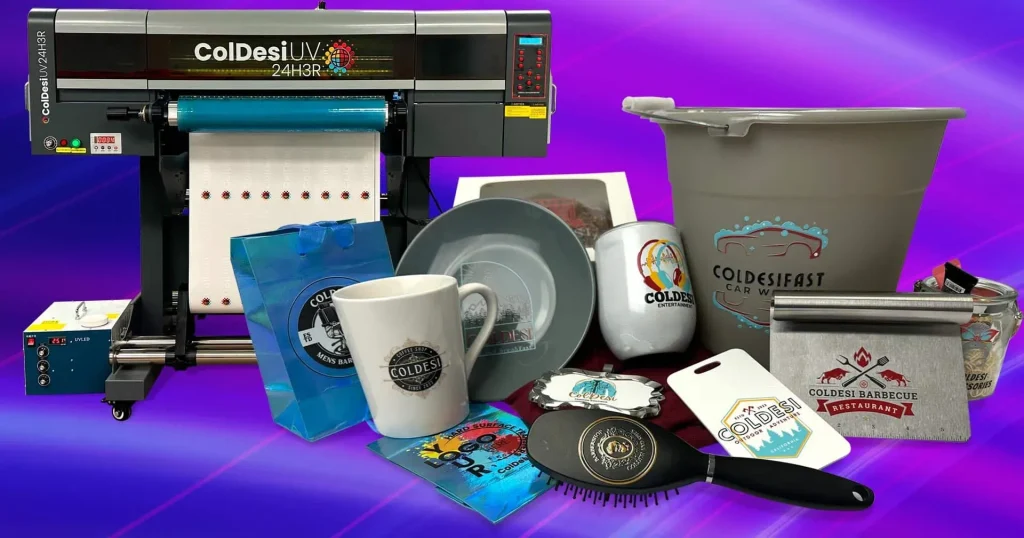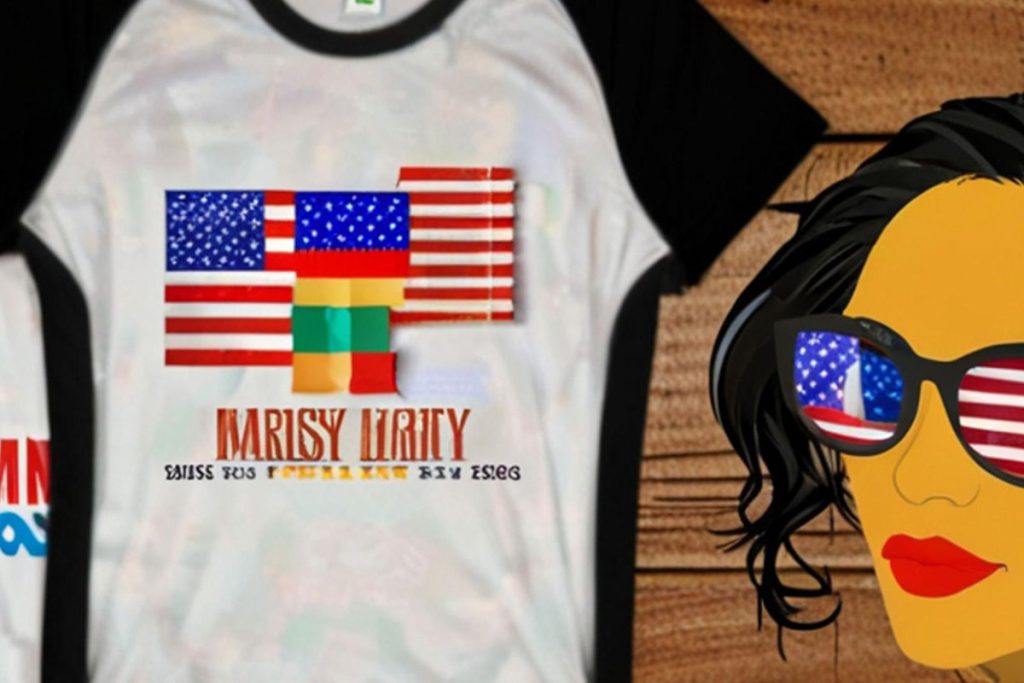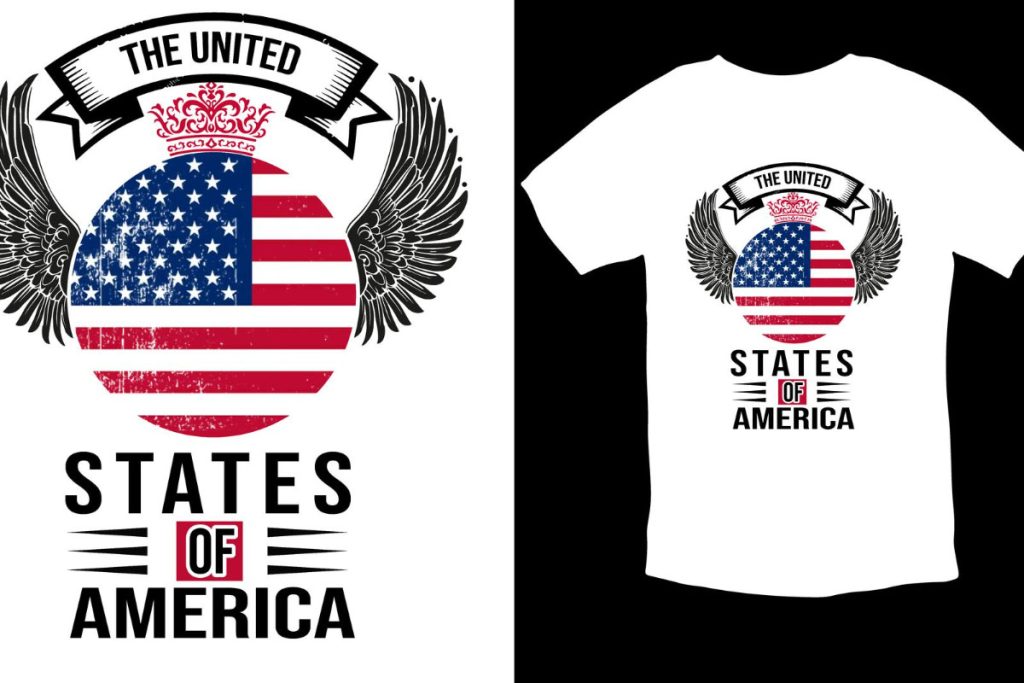UV DTF printing, or Direct to Film printing, is a groundbreaking innovation in the realm of cost-effective printing solutions. By combining UV printing technology with advanced DTF printing methods, this approach delivers a stunning range of vibrant colors and remarkably durable prints. As businesses seek efficient and economical alternatives to traditional printing techniques, UV DTF printing stands out for its ability to significantly lower production costs while maximizing quality. In this article, we will delve into the ins and outs of UV DTF printing, exploring its cost-effectiveness, recent market trends, and user experiences. Whether you are looking to enhance your printing capabilities or perform a printing cost analysis, understanding UV DTF technology is crucial in today’s competitive landscape.
When discussing modern printing innovations, terms like Direct to Film (DTF) and ultraviolet (UV) printing solutions often emerge. This cutting-edge printing technology not only revolutionizes how businesses approach print materials but also effectively addresses challenges related to durability and expense. The integration of UV inks with DTF technology enables manufacturers to produce high-quality, long-lasting prints while maintaining a keen eye on cost-efficiency. Through a detailed examination of this advanced printing technique, we will uncover the significant benefits and practical applications of utilizing UV DTF methods. As the demand for versatile and reliable printing solutions grows, understanding the implications of DTF and UV technologies becomes increasingly important for businesses aiming to thrive in the marketplace.
Understanding UV DTF Printing Technology
UV DTF printing technology is a revolutionary approach that combines the benefits of UV printing with Direct to Film (DTF) techniques. This method involves printing graphic designs directly onto a specialized film using UV-curable inks, which are then cured under ultraviolet light for immediate durability. The versatility offered by UV DTF allows it to easily print on a variety of substrates, including textiles, metals, and plastics, making it a sought-after solution in modern printing applications.
In contrast to traditional printing methods, UV DTF minimizes setup times and simplifies the printing process significantly. This not only improves the efficiency of production workflows but also enhances the quality of the final prints. By eliminating the need for multiple printing plates or extensive pre-press preparation, UV DTF technology can cater to smaller production runs and bespoke projects, making it accessible for both small businesses and larger enterprises.
Frequently Asked Questions
What is UV DTF printing and how does it work?
UV DTF printing, or UV Direct to Film printing, is an innovative technique that utilizes UV-curable inks to print vibrant and durable images directly onto a special film. This film is then cured using ultraviolet light, allowing the prints to be applied to various substrates without extensive setup changes, enhancing efficiency and reducing printing costs.
How does UV DTF printing compare to traditional printing methods in terms of cost-effectiveness?
UV DTF printing offers several cost-effective advantages over traditional printing methods, such as reduced material waste through precise ink application and lower production costs due to quick setup changes. These benefits allow businesses to remain competitive while maximizing profitability through enhanced print durability.
What are the benefits of using UV DTF printing technology for durable prints?
The benefits of UV DTF printing technology include the creation of highly durable prints that resist fading, moisture, and chemicals. This durability reduces the need for frequent reprints, leading to significant cost savings over time, especially for businesses with high print volumes.
Can UV DTF printing help businesses lower their printing cost analysis?
Yes, UV DTF printing can significantly improve a business’s printing cost analysis by minimizing material waste, lowering production costs, and providing longer-lasting prints. These factors contribute to increased efficiency and a healthier bottom line for companies adopting this technology.
What current market trends are influencing the adoption of UV printing solutions?
Current market trends indicate a robust growth for UV printing solutions, particularly within the DTF sector. Industries like packaging, fashion, and signage increasingly prioritize high-quality, customized products, driving the demand for UV DTF printing technology to enhance their offerings and satisfy consumer expectations.
How do technological advancements impact the cost-effectiveness of UV DTF printing?
Technological advancements in UV DTF printing, such as improved curing technologies and faster print speeds, lower energy consumption and enhance printing capabilities. These innovations contribute to the cost-effectiveness of UV DTF solutions, making it easier for businesses to adopt this technology and improve their operational efficiencies.
| Key Point | Details |
|---|---|
| Definition of UV DTF Printing | A modern printing technique using UV-curable inks for direct-to-film applications. |
| Cost-Effectiveness Factors | 1. Reduction in Material Waste: Precise ink application minimizes excess usage, leading to cost savings. 2. Lower Production Costs: Allows immediate design changes without new setups. 3. Durability and Longevity: UV inks resist environmental factors, reducing the need for reprints. |
| Market Trends | A 2024 Smithers report predicts a CAGR of over 7% for the UV printing market, with growing adoption in packaging, fashion, and signage. |
| Technological Advancements | Innovations in UV curing technology enhance print speed and energy efficiency, making it more accessible. |
| User Experiences | Positive feedback indicates a favorable ROI and increased customer satisfaction. |
Summary
UV DTF Printing presents an innovative solution within the printing industry, marked by its cost-effectiveness and efficiency. As businesses increasingly turn to UV DTF, they discover its ability to reduce material waste, lower production costs, and enhance the durability of prints. This technology not only meets the demands of a competitive market but also drives sustainability in production. Companies adopting UV DTF printing are positioned to thrive, thanks to ongoing advancements and favorable user experiences, indicating a bright future for this dynamic printing method.



